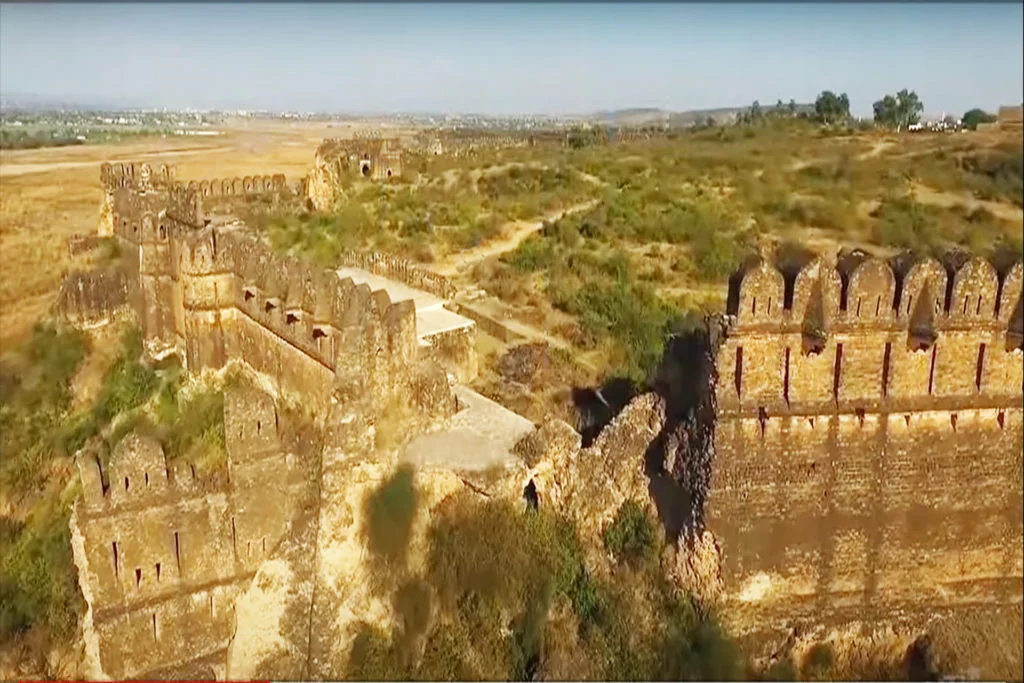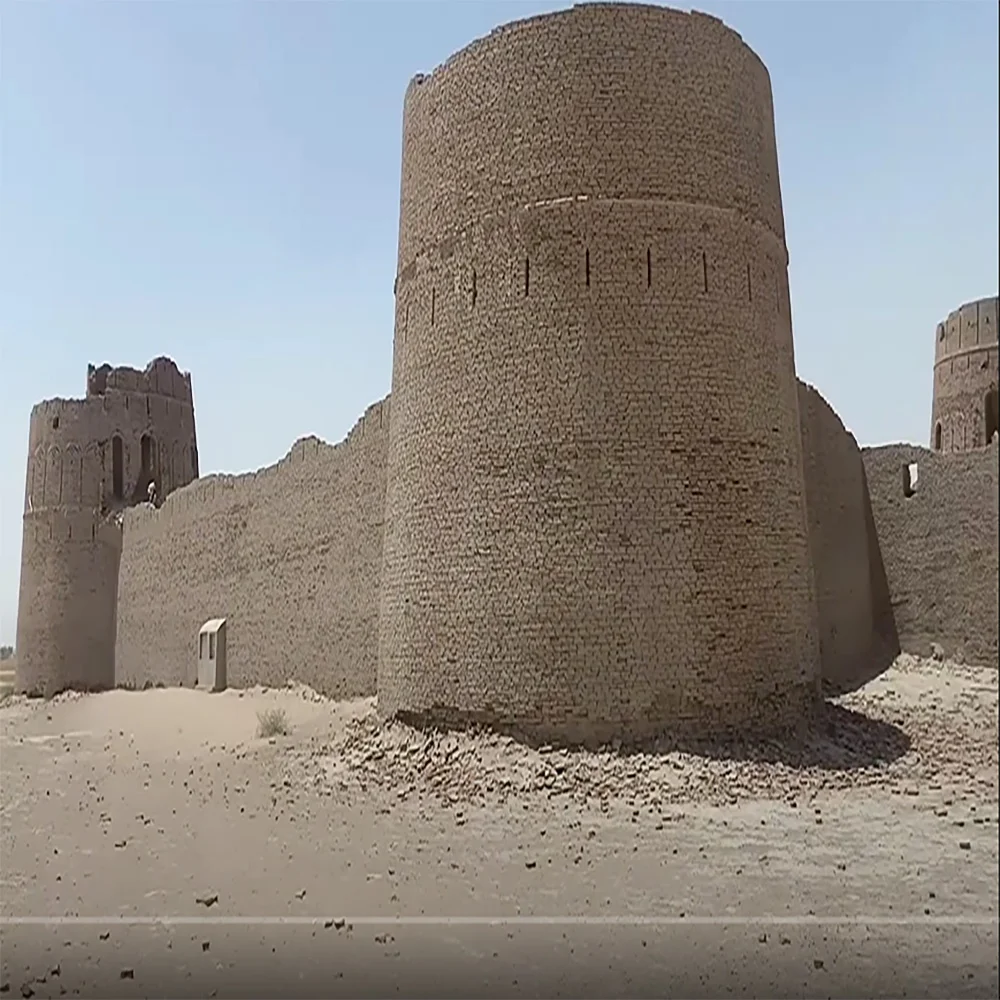The Gupta Empire, spanning from the 4th to the 6th century CE, is often referred to as India’s Golden Age. This period witnessed significant advancements in various fields, including science, mathematics, literature, and the arts. Under Gupta rule, India experienced unprecedented prosperity, political stability, and a flourishing of intellectual and cultural achievements. In this article, we delve into the history, achievements, and legacy of the Gupta Empire.
Historical Background:
The Gupta Empire was established by Sri Gupta around 320 CE, with its capital initially located in Pataliputra. However, it was under the reign of Chandragupta I and his successors, Samudragupta and Chandragupta II, that the empire reached its zenith. The Guptas were known for their administrative skills, efficient governance, and diplomatic prowess, which helped consolidate their power and expand their empire.
Political and Administrative Structure:
The Gupta Empire followed a hereditary monarchy, with the king holding the highest authority. The administration was decentralized, with provinces headed by governors who enjoyed considerable autonomy. Local self-government and village councils played a crucial role in maintaining law and order at the grassroots level. The empire had an efficient bureaucracy and a well-organized tax system, which contributed to its economic prosperity.
Economic Prosperity:
The Gupta Empire experienced remarkable economic growth, fueled by agricultural productivity, trade, and commerce. The fertile Gangetic plains provided abundant agricultural resources, leading to surplus food production. The empire actively promoted trade, with a well-developed network of roads and waterways connecting different regions. Trade flourished both within the empire and with foreign lands, including Southeast Asia, the Roman Empire, and China.
Intellectual and Cultural Achievements:
The Gupta Empire witnessed a remarkable intellectual and cultural renaissance. It became a hub of learning and attracted scholars, poets, philosophers, and artists from far and wide. The court of Chandragupta II, in particular, was renowned for its patronage of scholars and artists. The famous playwright Kalidasa, known for his works like “Shakuntala” and “Meghaduta,” lived during this period. Sanskrit literature flourished, and notable works in astronomy, mathematics, medicine, and philosophy were produced.
Scientific and Mathematical Advancements:
The Gupta period witnessed significant advancements in the fields of science and mathematics. Aryabhata, a renowned mathematician and astronomer, made groundbreaking contributions to trigonometry and the concept of zero. The decimal numeral system, including the use of the numeral zero, was developed during this time. Indian mathematicians also made significant strides in algebra, geometry, and astronomy, which had a lasting impact on global mathematical knowledge.
Art and Architecture:
The Gupta Empire is known for its exquisite art and architectural achievements. The temples and sculptures of this period showcase intricate carvings and fine craftsmanship. The Gupta style of architecture, characterized by its elegant and harmonious proportions, is best exemplified by the iconic temple complexes at Sanchi and Ajanta Caves. The art of painting also flourished, as seen in the vibrant murals and frescoes at Ajanta.
Decline and Legacy:
The decline of the Gupta Empire can be attributed to various factors, including invasions, internal conflicts, and regional fragmentation. By the 6th century CE, the empire had disintegrated into several smaller kingdoms. However, the Gupta Empire’s legacy endured. Its contributions to science, mathematics, literature, and art left an indelible mark on Indian culture and civilization. The intellectual achievements of the Gupta period continued to influence subsequent dynasties and civilizations in the Indian subcontinent.
The Gupta Empire represents a golden era in Indian history, characterized by remarkable advancements in various fields and unparalleled cultural and intellectual achievements. The empire’s political stability, economic prosperity, and patronage of arts and sciences laid the foundation for India’s rich heritage. The Gupta Empire stands as a testament to the remarkable capabilities of ancient Indian civilization and its enduring impact on global knowledge and culture.






